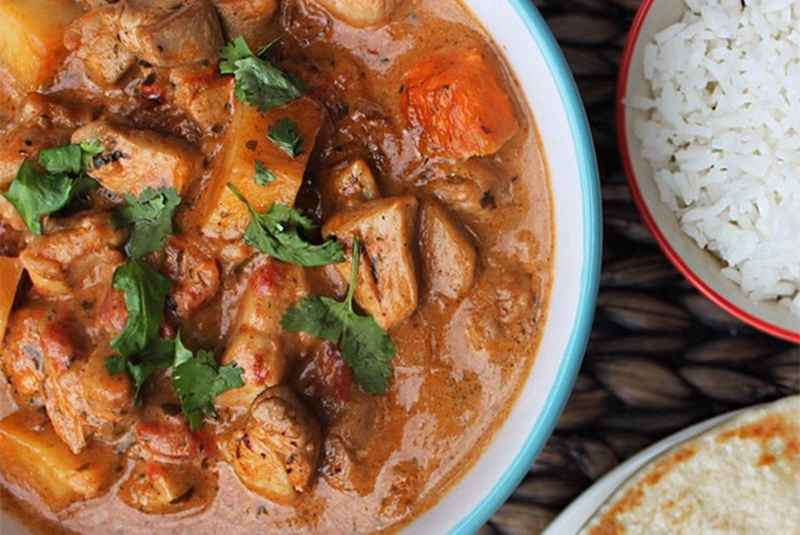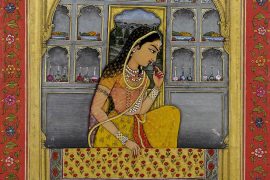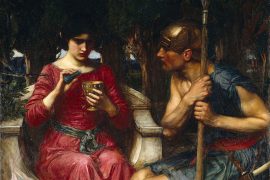If the Brits taught Indians how to play the gentleman’s game, cricket, the Indians, in turn, taught the Brits how to add spice to their food. The history of the curry in Britain goes a long way back. In 1810, Sake Dean Mahomet, a young sepoy-turned-entrepreneur from India, started the Hindoostan Coffee House on George Street, London. Serving tobacco from the North West, Indian curry “unequalled to any curry ever made in England,” and an assortment of fine wines, it was meant to be a place for the ‘nobility and gentry’ to unwind after a hard day’s work. And if you wanted food at home, the restaurant would even have it delivered.
It was the first curry shop to be run by an Indian in Britain – though Sake Dean Mahomet had to file for bankruptcy, three years after it started. But he left a legacy that outlasted the Empire Mahomet once worked for. In 2016, Indian restaurants in Britain employed between 100,000 to 200,000 people – many more than the shipbuilding, steel and coal industries combined. And, according to journalist Alibhai-Brown, it makes a higher turnover as well.
The truth is, Britons don’t consume ships, steel or coal as much as they used to. Curry, on the other hand, is a national fixation. Sake’s legacy is now a £4.2 billion pound industry, with 12,000 curry houses dotted across the English Isles.
Indian food, itself a miasma of various Asian influences, took its own flavour in Britain. Chicken Tikka Masala – a unique dish that turned the dry Chicken Tikka into a creamy curry – was introduced when, according to legend, a Bangladeshi chef was told that his chicken tikka was too dry. Making do, with characteristic ‘jugaad,’ he added a dash of Campbell’s tomato soup, yogurt, cream, and spices. It is so popular that Robin Cook, then foreign Secretary remarked it to be “a true British national dish.”
Copyright©Madras Courier, All Rights Reserved. You may share using our article tools. Please don't cut articles from madrascourier.com and redistribute by email, post to the web, mobile phone or social media.Please send in your feed back and comments to [email protected]











